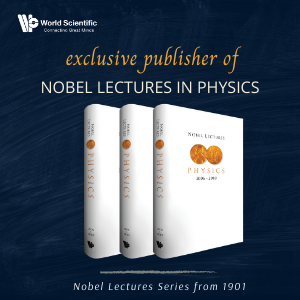System Upgrade on Tue, May 28th, 2024 at 2am (EDT)
Existing users will be able to log into the site and access content. However, E-commerce and registration of new users may not be available for up to 12 hours.For online purchase, please visit us again. Contact us at customercare@wspc.com for any enquiries.
"For those interested, the book is a good and well-written overview of the work of Wesson and his collaborators. For those with a general interest in extensions of standard physics, accessibility is strongly dependent on the reader's technical background, though the good structure of the book and copious references (including many to work by more-mainstream physicists on related topics) make that possible for those willing to invest some time."
This book is a summing up of the prospects for unification between relativity and particle physics based on the extension of Einstein's theory of General Relativity to five dimensions. This subject was first established by Paul Wesson in his previous best-seller, Space-Time-Matter, and discussed from a different perspective in Five-Dimensional Physics, both published by World Scientific in 1999 and 2006 respectively. This third book brings the field up to date and details many new developments and connections to particle theory and wave mechanics in particular. It was in largely finished form at the time of Paul Wesson's untimely death in 2015, and has been completed and expanded by his former student and longtime collaborator, James Overduin.
Sample Chapter(s)Chapter 1: Standard General Relativity
Contents:
- Standard General Relativity
- Space-Time-Matter Theory
- Cosmology in 5D
- Astrophysics in 5D
- The Solitons
- Electromagnetism in 5D
- Canonical Space
- Particles, Waves and Vacuum
- The Fifth Dimension
- Appendix: Paul Wesson (1949–2015)
























